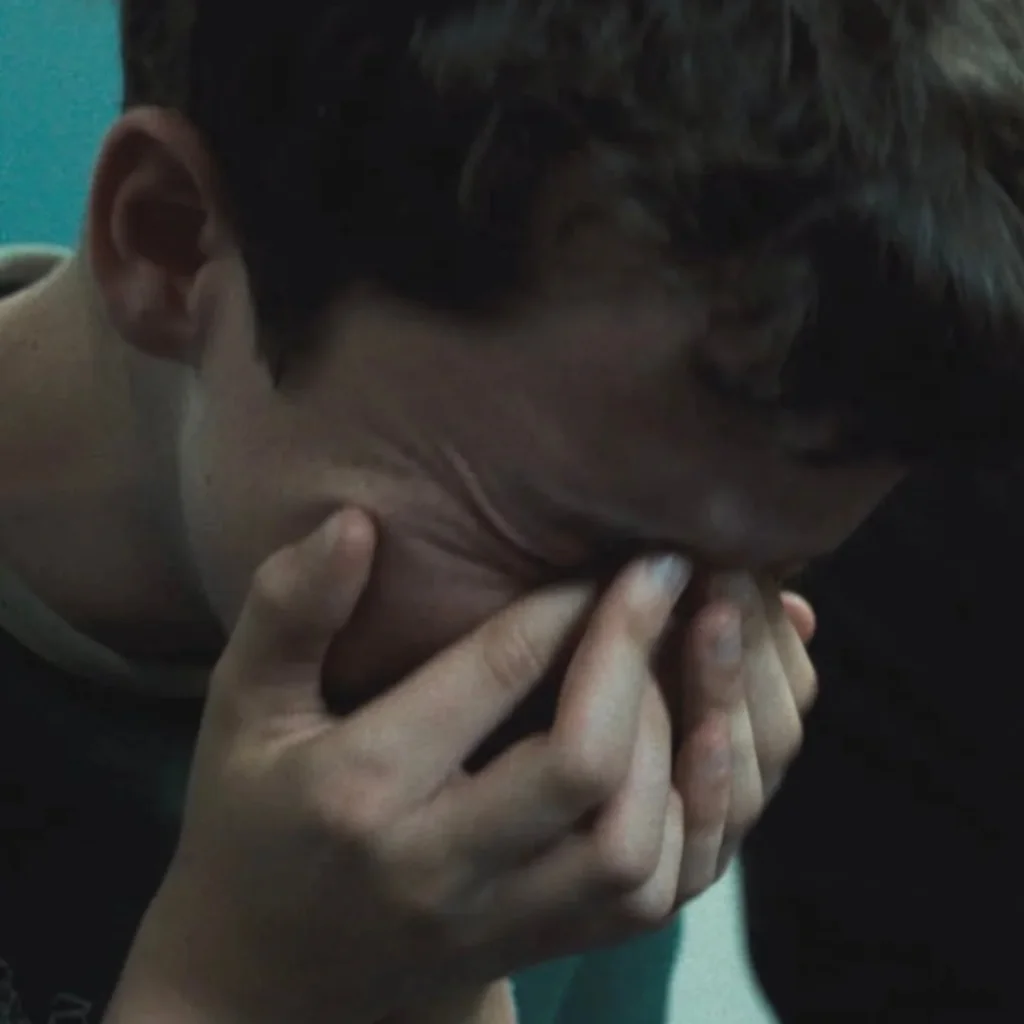

Anyone who’s watched the trending, gripping and slightly disturbing Netflix drama, Adolescence, has pondered its meaning. This four-part British psychological crime drama was created by Jack Thorne and Stephan Graham and directed by Philip Barantini. It has garnered critical acclaim for its unfiltered portrayal of teenage violence and the societal factors that could contribute to a weakened mental health.
However, one can’t help but question the exaggeration or hyperbole applicable with a poet’s licence. How realistic is Adolescence really? And, is this true reflection of what teenagers go through in this day and age? We speak to two therapists to understand the teenage brain just a little better – if that is even possible!
Jamie Miller, a role played by Owen Cooper, is the main character of the chart-topping series. At 13 years old, he is arrested for the murder of his classmate, Katie Leonard. Despite Jamie denying any hand in Katie’s murder, it becomes evident not all is as it seems.
South African neurofeedback specialist from Brain Harmonics, Kerry Rudman, says: “What we see in Adolescence is a realistic depiction of teenage emotions running wild. But, what many people don’t realise is that these reactions are biologically driven. Teens are not just being ‘difficult’ – their brains are undergoing a complete rewiring.”
Rudman further says the adolescent brain is still a work in progress. The prefrontal cortex – responsible for reasoning, impulse control and decision making – is still maturing. Additionally, the amygdala – the brain’s emotional control centre – is in overdrive. Therefore, it makes psychological sense that teenagers are often impulsive, emotionally unstable and experience intense highs and lows.
We also spoke to Aliza Graham who is a counselling psychologist based at Engelmed in Pretoria. She has a special interest in Dialectical Behaviour Therapy (DBT) and runs an adolescent DBT skills training group.
She says: “We need to strive harder to truly connect with our children’s worlds in a way that invites them to share openly with us. The scenarios portrayed in the series reveal just how complex these challenges can be, but one recurring issue seems clear: A lack of effective communication played a significant role in how events unfolded.”
As we garner insights into Jamie’s mind, it becomes evident that social media has an influence on his actions. The series highlights online radicalisation and misogyny. This leads into aspects of peer pressure alongside cyberbullying. Emotional suppression is another factor influencing teenage mental wellbeing whilst institutional failure is highlighted throughout.
Graham says: “[Adolescence] was gripping and explored the depths of a young person’s psyche intersecting with the murky water of the social media landscape. I think it elegantly and also gut-wrenchingly displayed modern parents’ dilemmas with knowing how to navigate this uncharted territory.”
She also says: “From a developmental perspective, adolescence is the phase where children begin to form an identity separate from their family. Often, this identity is shaped within peer groups. However, if adolescents face rejection, loneliness or ridicule from their peers, they become far more vulnerable to seeking belonging elsewhere – even in spaces that might starkly contrast with the values and upbringing they’ve known.”
Rudman also talks of the unprecedented pressures placed upon teenagers. These include academic stress, peer expectations, emotional strains and physical changes. Additionally, it highlights how teenagers in this day and age have to face these pressures – all whilst online as well. Social comparison, online bullying and digital overstimulation are thus new pressures, all affecting mental health.
The Netflix drama has taken the world by storm and whilst some say it was slow and others can only focus on how it was filmed in one-shot, there is an underlying message within the series: Teenagers are vulnerable and require increased guidance in order to stay morally grounded and emotionally stable.
Graham says: “Adolescence accurately captures the profound inner struggles that some teens face. I have certainly seen a few similar cases in my office. Each individual experiences the world differently, and when a highly sensitive child – often referred to as a Deeply Feeling Kid by Dr. Becky Kennedy – is placed in an invalidating environment, the consequences can be significant, leading to various mental health fallouts.”
She continues that: “Teenagers are naturally impulsive and in moments of heightened emotion, they may make decisions that have lasting effects. Compounding this, the pressures and expectations placed on children have escalated over the years, often beginning at a very young age. This relentless exposure to stress can shrink their window of tolerance, making them more susceptible to intense emotional responses when triggered.”
In essence, Adolescence might just act as a microcosm, depicting wider societal issues like youth violence and aggression. Whilst not all teenagers act out like Jamie Miller did, there can be underlying similarities in most children between the ages of 13 and 19. So, if you are a parent reading this – check up on your kids. And, if you are a teenage reading this – reach out to those around you.
Stay up-to-date on the hottest, hippest and most happening things to do in Mzansi!
